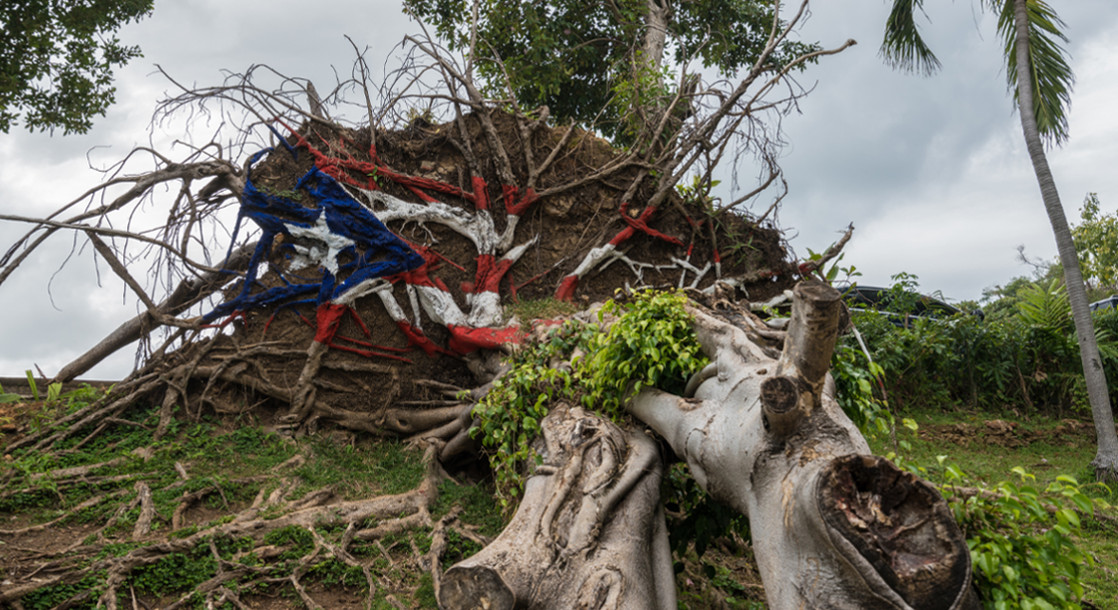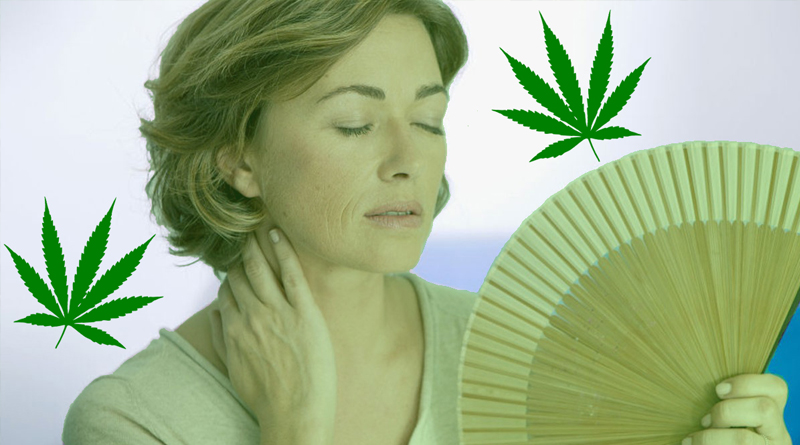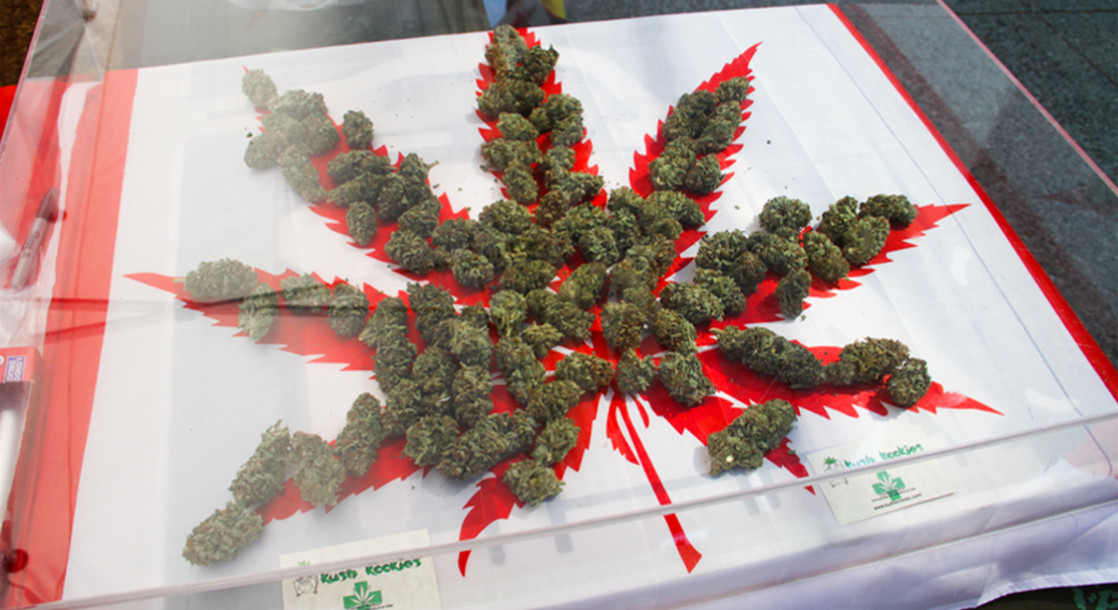A tree uprooted by Hurricane Maria in San Juan, Puerto Rico: photo via BackyardProduction
Next week marks the grim anniversary of Hurricane Maria, which devastated Puerto Rico last year, killing nearly 3,000 people and destroying much of the country's infrastructure. Among the many victims of this natural disaster was the island's medical cannabis industry, which was just beginning to get off the ground when the storm made landfall. The U.S. territory only legalized medical marijuana in December of 2016, and many new startups spent much of 2017 building high-tech greenhouses and processing facilities, only to have them wiped out by the storm in September.
“Big manufacturing and grow facilities have had their roof blown off, there is water in their manufacturing rooms, equipment damaged, no light for plants and most are dead," Goodwin Aldarondo, president and CEO of Puerto Rico Legal Marijuana, said to NBC News at the time.
“You’re talking about millions of dollars of damage and we just started as an industry.” Every outdoor cannabis cultivation facility was destroyed by the storm, leaving the island with fewer than 10 indoor grow-ops.
Given that much of the island's first crop of medical cannabis was washed away, a severe product shortage followed. Around 20 of the territory's dispensaries remained operational, but constrained supply caused a huge spike in prices. Unlike other businesses damaged by the storm, cannabis companies do not qualify for federal aid due to the ongoing prohibition of marijuana, leaving business owners to foot the repair bills themselves.
All told, the industry suffered millions of dollars in damages and rebuilding costs, with the supply chainset back by at least six months as cultivators rebuilt their facilities and planted a new crop. “We were expecting a lot from this industry,” Puerto Rico Medical Cannabis Association president Ingrid Schmidt told NBC last year. “It’s the only industry that was creating jobs and a lot of hope was put into this industry because it was critical to the financial circumstance that our island is going through.”
One year later, the industry has at last begun to recover. “We are doing pretty good considering that we needed to start from zero after the hurricane,” Aldarondo told Marijuana Business Daily. There are currently 54 dispensaries and 36 other canna-businesses operating on the island, and customers finally have a variety of medicine to choose from. As supply has increased, the price has fallen, from around $4,000 a pound in June to an average of $2,500 a pound today.
The island's cannabis industry has learned from the hurricane, and are working to create more weather-proof solutions. Mariela Quinones, vice president of business development for Santa Isabel-based Encanto Giving Tree, said that her company's greenhouse was completely wiped out by Maria, costing the business around $1.5 million. Encanto has now created two new greenhouses made from galvanized steel, which can be disassembled relatively easily. “Therefore, if a hurricane comes we can dismantle them,” she told Marijuana Business Daily. The company has also created a bunker to safeguard valuable equipment and inventory from future weather events.
As the industry rebuilds, the number of patients registered with the territory's medical marijuana program is growing. There are currently around 34,000 patients registered, more than double the number registered last year, and the total may hit 50,000 by the end of 2018. Many patients and industry leaders are nervous now that hurricane season has returned, but the Puerto Rican government is investing $139 billion to recover from the damage caused by last year's storms, much of which will be going to improved, more weather-resistant infrastructure.











